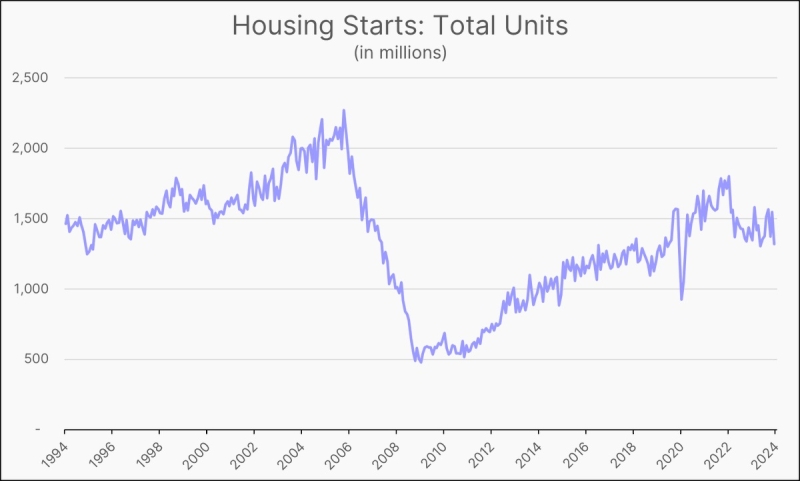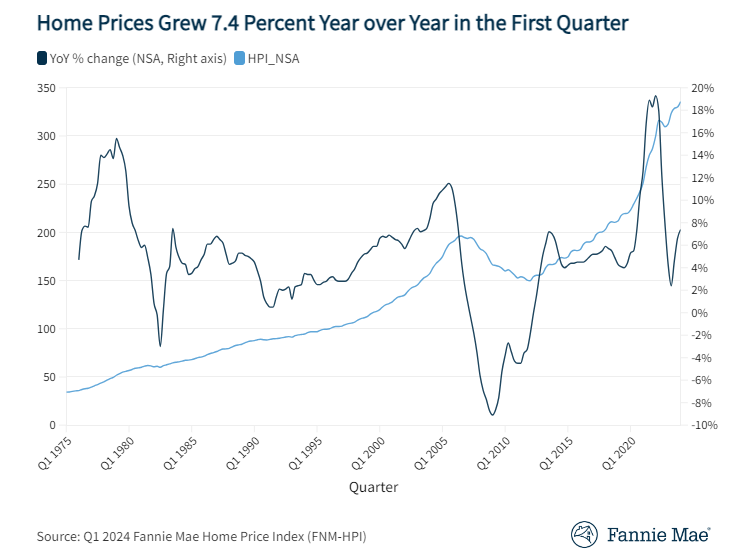Advertisement
Should brokers file a class action suit against creators of sub-prime programs?
Do you want your loan approved?Serafim Ivasksecondary market, referrals, underwriters, background/employment checks
There is something you can do now to enhance your
chances
The mortgage industry has changed in the last few months. No
kidding! The broker community has become a convenient scapegoat for
all of the industry's ills. Loans were being approved per
lender-provided guidelines, which, in turn, was a reflection of the
secondary market's unrealistic expectation regarding infinite
property appreciation. This translated into an unbridled rush for
market share that ultimately lowered lending standards to a point
where it seemed the dead, but not yet buried could qualify for a
loan. Those days are over. The "no-brainer" programs are all but
extinct, and even deals that should be easy, based on excellent
borrower credentials, have become increasingly difficult. The
guidelines keep changing, underwriting requirements are getting
tougher and programs that existed at the time of the loan
origination are disappearing mid-stream, often with no comparable
program to replace them. Also gone, or going, are those that based
their business purely on maximizing commissions while minimizing
work. The surviving professionals will be the ones who stay current
with changing guidelines, do their work thoroughly and, above all,
take their responsibility to the borrower, as well as the lender,
seriously. In the future, there are many things that we will need
to do differently in order to succeed in the newly-emerging order
within the industry. There is, however, one thing that can be done
immediately, starting with your very next loan. Being given good
loans to begin with will greatly increase your chances of getting
clean, responsive commitments and help you close your loans more
quickly.
Of course you want your loans approved!
Since you already spent the anticipated commission (at least
mentally), you want the loan approval to come fast, without being
conditioned to death. You do not want surprises. You invest serious
time in your deals; so you also need and expect referrals from
grateful clients to result from every loan you work on.
It is probably fair to say that the above describes just about
every loan originator. Beyond this point, results begin to diverge
for different cases and different originators. Some loans, even
those that appeared easy at first, never seem to get off on the
right footing. Others, however, sail right through and are cleared
to close almost immediately without being subjected to condition
purgatory.
Sure, some underwriters are not as experienced as others. Others
may enjoy occasional power trips, becoming intoxicated with the
ability to have mastery over another's destiny. However, these
issues of incompetence and weaknesses in human nature are present
in all professions and are something that we simply need to learn
to live with, within reason. For the most part, the success of your
borrowers' loans depends on how thorough your own work is and on
your ability to communicate all of the relevant facts to the lender
clearly.
Do your homework, earn your fee!
First and foremost, you are responsible for learning and knowing
the requirements and relative benefits of the different mortgage
programs. You meet with and collect all of the needed information
from the client. You match the client's needs and qualification
profile with available programs. You educate the client as to what
he should expect and why the program selected is the best one for
his needs, or the best one he can qualify for at the time. You must
do the initial background/employment checks and reverse directory
searches before the loan leaves your office. By the time you (and
perhaps your processor) have finished preparing the paperwork, you
are the expert in everything that pertains to this borrower and the
loan package that is being assembled for presentation to the
underwriter.
Finish the job, communicate!
Your final task, and perhaps the most critical one, is
communicating all of the information in a fashion that makes
understanding the case easy to a lender's underwriter, who is not
clairvoyant, has never heard of the client and is not familiar with
specific details that may be very relevant to the case at hand.
There should be no room left for guesswork.
Clear communication begins with proper and accurate loan
registration. Every lender has its own procedures and format that
must be followed for properly describing the incoming deal. All
required disclosures and documentation needed to approve the loan
should be in the file from the start. Sloppy or inaccurate
communication at this early stage may delay, or even lead to the
unraveling of your borrower's loan. Once you have cleared this
initial loan entry/registration stage, you can now proceed to
communicate with the underwriter, or the undertaker. The one it
will be is dependent upon the quality and accuracy of this
communication!
The industry tries to make this communication easy and consistent
by standardizing the submission forms and procedures. However,
these only address the format of the presentation. For a "plain
vanilla" deal, the regular 1008 form (or the Mortgage Credit
Analysis Worksheet) and 1003 form can pretty much describe the case
completely. For more complex cases involving multiple borrowers,
several properties, multiple income streams, or situations
involving complicated credit histories or hard-to-trace asset
trails, your complete knowledge of guidelines and good
communication with the lender will be the key to your client
getting a clean approval! If the degree of complexity in a given
deal causes the underwriter to spend extra time coming back to the
case over and over again, this may lead to frustration and reduce
the credibility of the loan application, as well as the submitting
broker/originator. This is especially true when the perceived
complexity results from incomplete, piecemeal or misleading
information in the original submission. In other words, poor
communication! In today's mortgage climate, when unemployed
underwriters may outnumber employed ones, the underwriter is not
going to take chances with loans that do not make sense!
The solution: More communication
In the commercial lending world, it is customary to provide a brief
executive summary, which describes the key points of every loan
submission. A well written executive summary can make the entire
balance of the loan application—including complicated
financials, income histories or specific property issues—much
easier to understand.
This can also be a tremendous tool in residential lending! A
note—a few brief sentences at the beginning of the file
telling the underwriter what they are about to see and perhaps why
the file is presented the way it is—may save many unnecessary
phone calls and eliminate unnecessary conditions. It may even make
the difference between a loan being approved or declined! This is
especially true when something is missing in the original
submission and will be sent in separately. This small, but helpful
step will also build respect for the submitting broker or loan
originator and will be remembered when the next loan arrives.
Conclusion
Our mortgage environment has morphed almost overnight! Most of the
easy loans, which required little documentation, are gone. Going
forward, we will be increasingly involved in loans requiring much
more investigative detail to insure "investment grade" quality in
order to be sold into the secondary market. This results in more
documentation, guideline compliance issues and increased
complexity. A well-researched, accurately-documented and
properly-submitted file is now a prerequisite for a commitment that
is not overburdened by conditions! A file that also communicates
additional, helpful information to assist the underwriter is more
likely to be approved quickly and earn you the respect you deserve
for a job well done!
Serafim Ivask is a wholesale account executive at SunTrust Mortgage Inc.
and has been actively involved in the residential and commercial
mortgage industry, both retail and wholesale, for more than 20
years. He may be reached at (516) 650-3078 or e-mail [email protected].
About the author





